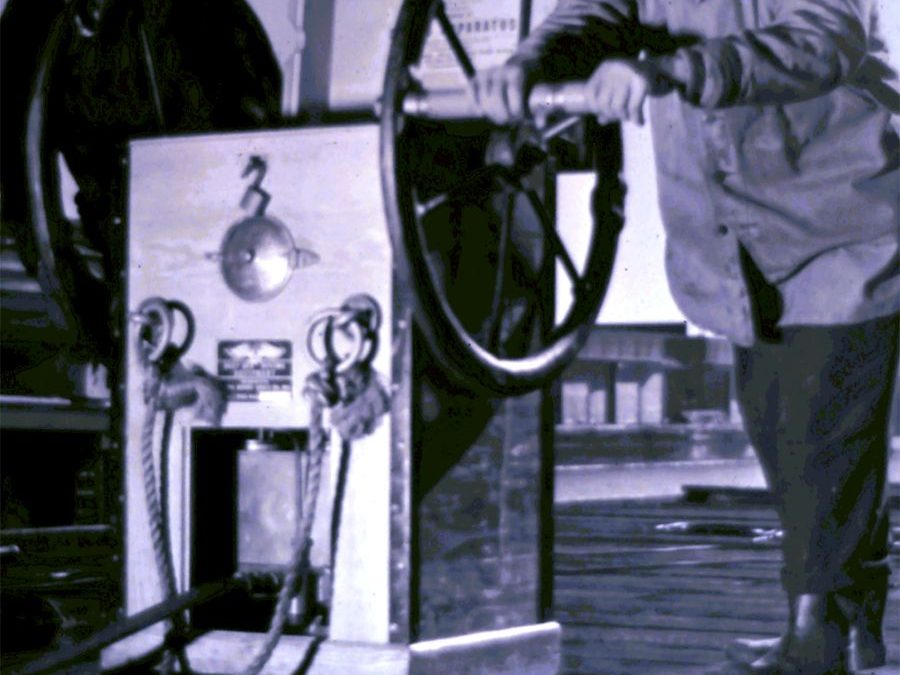
by Jan Willem Bech | History
This page shows the technical information about the Schrupp WP4320 compressor Positie waterafscheiders in rood Routing koelsysteem Carterontluchting en vulopening Smeeroliesysteem Overdrukbeveiliging Drempelklep, de functie van de drempelklep is om de hoogte van de...
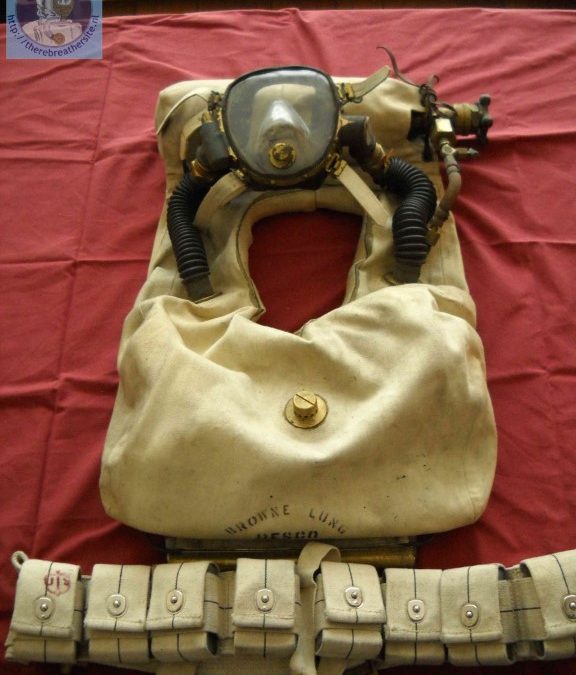
by Jan Willem Bech | Database OX USA, History
American Oxygen rebreather database For many years I have tried to find a Desco rebreather. These units are relative rare in Europe. Desco made a A, B and C lung. I have been looking for a C-lung as my holy grail, although Max Nohl his helmet would be even better ;)....
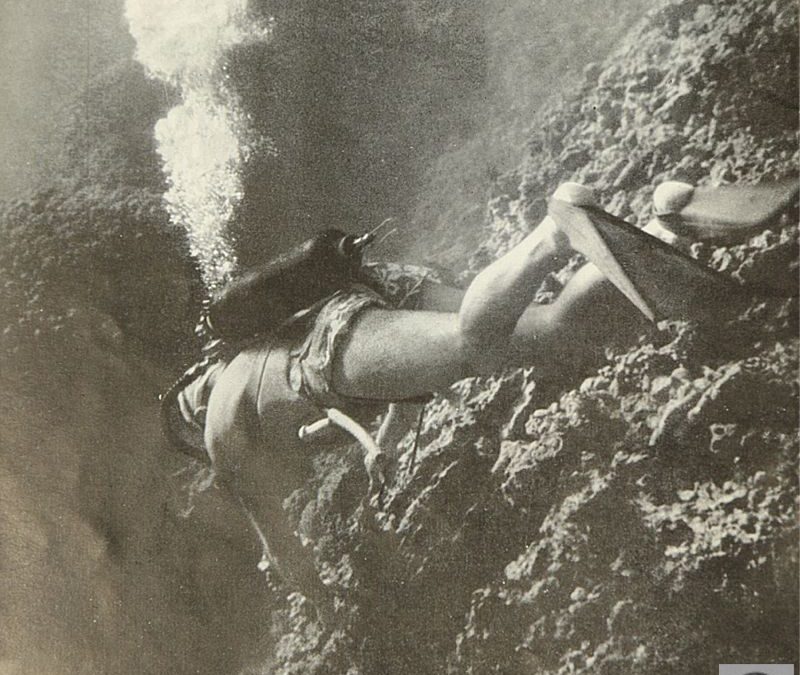
by Jan Willem Bech | History
This nice little book made by la Spirotechnnique of France offers a look into the diving world around 1955. Not specifically about technical diving equipment but very interesting to read.
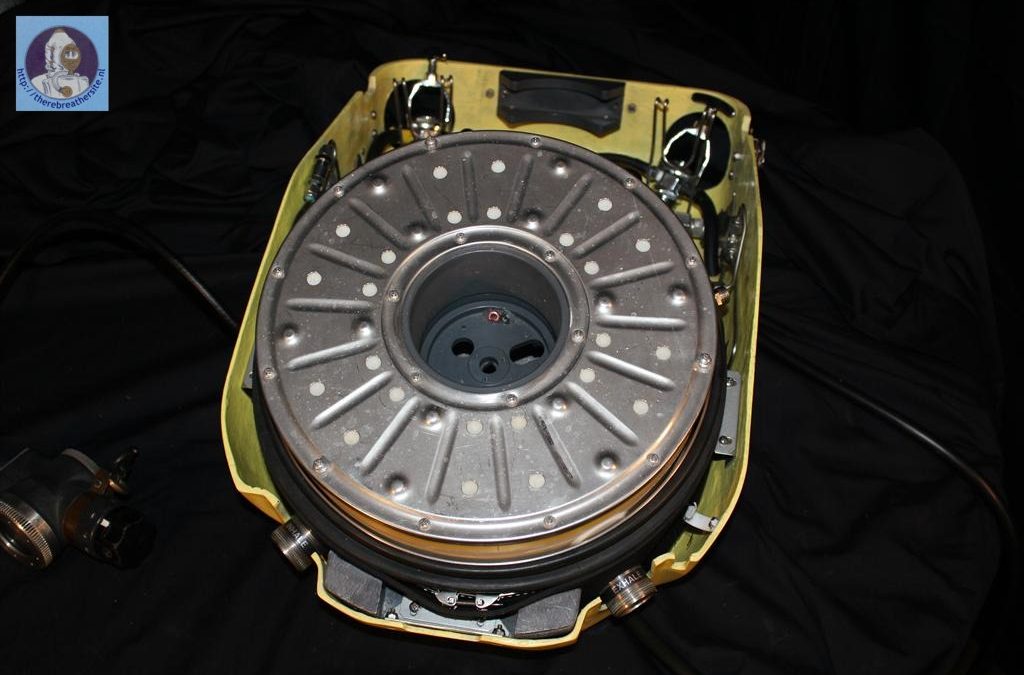
by Jan Willem Bech | Database ECCR USA, History
us A very early electronic closed circuit rebreather Recently I received fantastic pictures from a true legend. The Biomarine CCR 1000. To put things in perspective for those never heard about the unit, when you are 50 years old this unit was already produced for two...
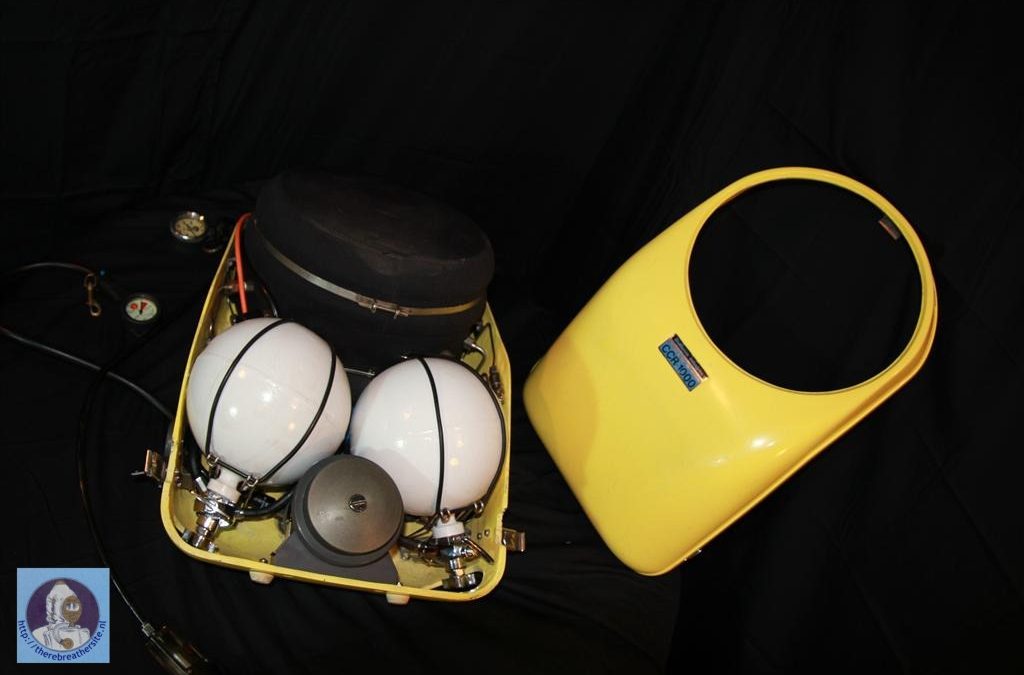
by Jan Willem Bech | Database ECCR USA, History
us A very early electronic closed circuit rebreather The Biomarine CCR1000 is the civilian version of the Biomarine MK15. The Yellow sportsdiving rebreather was tested by NEDU in 1975. The unit itself was designed in 1969! Richard Larn wrote this article in Underwater...
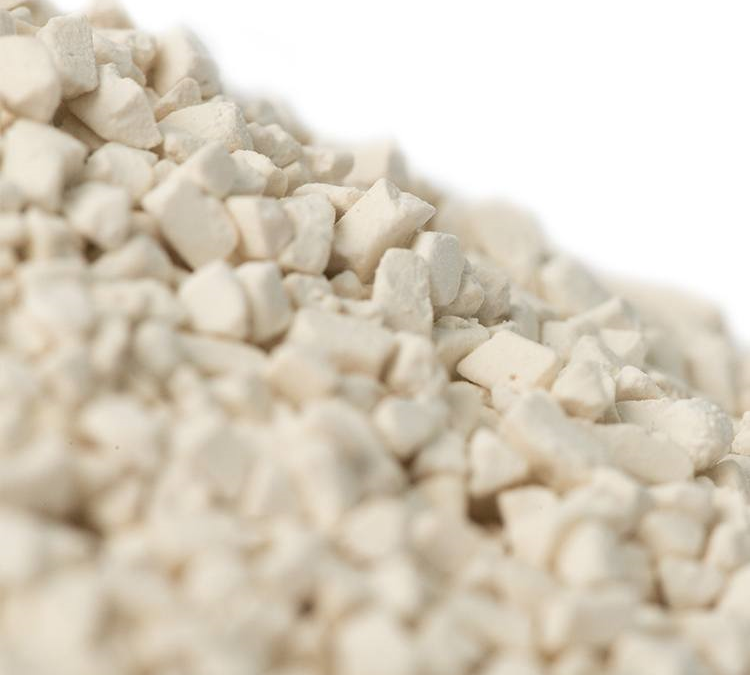
by Jan Willem Bech | Vademecum
Carbondioxide Scrubbers for rebreathers This article on scrubbers describes only part of the current knowledge on carbon dioxide absorbing systems. These descriptions cover scrubbers for breathing systems in mining as well as systems for underwater use. Oxygen...
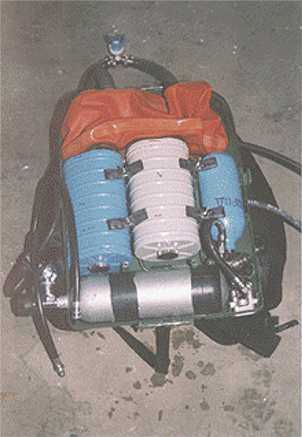
by Jan Willem Bech | Vademecum
Oxygen from chemical reaction as a gas supply for oxygen rebreathers Oxygen rebreathers based on a chemical process are among the oldest types. The system uses chemicals that absorb CO2 and generate oxygen. As early as 1930, a whole series of devices under the name...
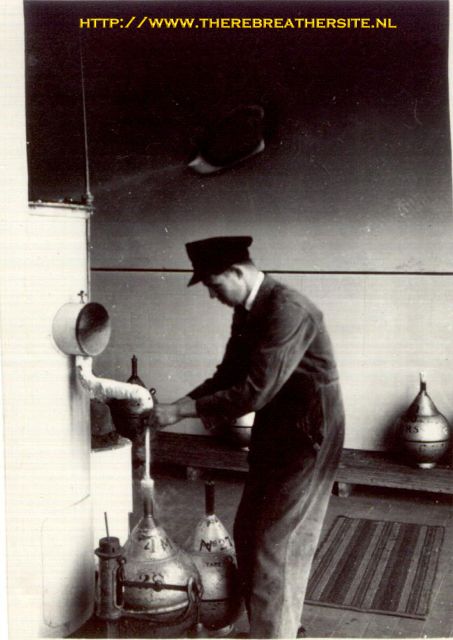
by Jan Willem Bech | Vademecum
Liquid oxygen as a gas supply for oxygen rebreathers Liquid oxygen has been used in breathing systems since the 1920s. The principle is relatively simple. Liquid oxygen has a temperature of approximately -185 degrees Celsius (-301 F) and will evaporate at room...
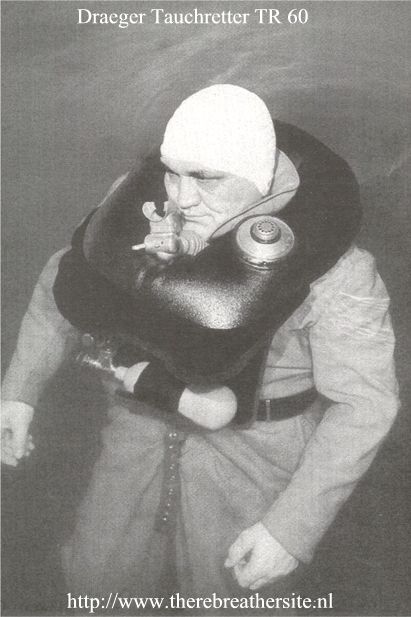
by Jan Willem Bech | Vademecum
Single bag type counterlung Most oxygen rebreathers use a simple single counter lung. Materials used in the early days are finely-woven fabrics, impregnated with rubber or latex. Later reinforced plastics where used. These plastics are commonly welded by induction...
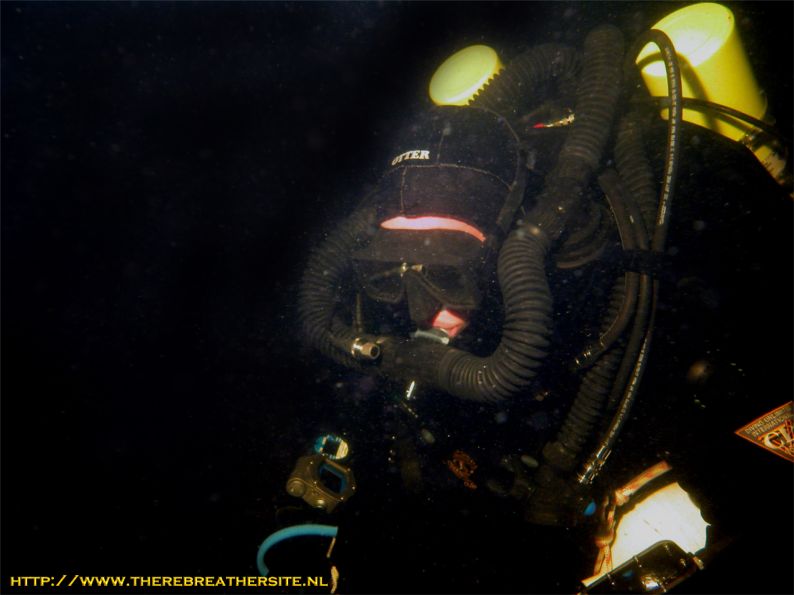
by Jan Willem Bech | Vademecum
Split counterlungs Separate counter lungs for inhale and exhale are rarely used with oxygen systems. The reason for this is that oxygen systems are by far the most common in atmospheric conditions. For underwater use the diving depth is often limited and the...

by Jan Willem Bech | Vademecum
Dual hose configuration The most characteristic external feature is that a rebreather user uses a breathing hose with an inlet and an outlet. With the exception of oxygen rebreathers, almost all modern rebreathers have separate counter lungs and separate hoses for...
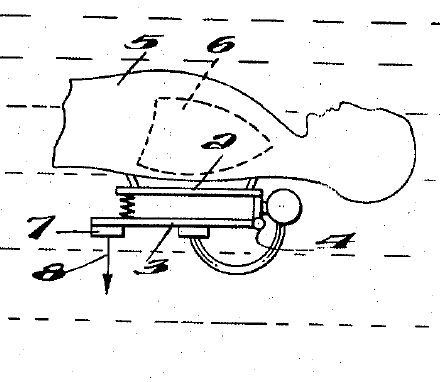
by Jan Willem Bech | Vademecum
Counterlung form and mechanism Counter lungs are in most cases made of flexible materials. In some special cases the designer chooses for a more rigid material. Sometimes counterweights are used to compensate the hydrostatic pressure difference. This technique...
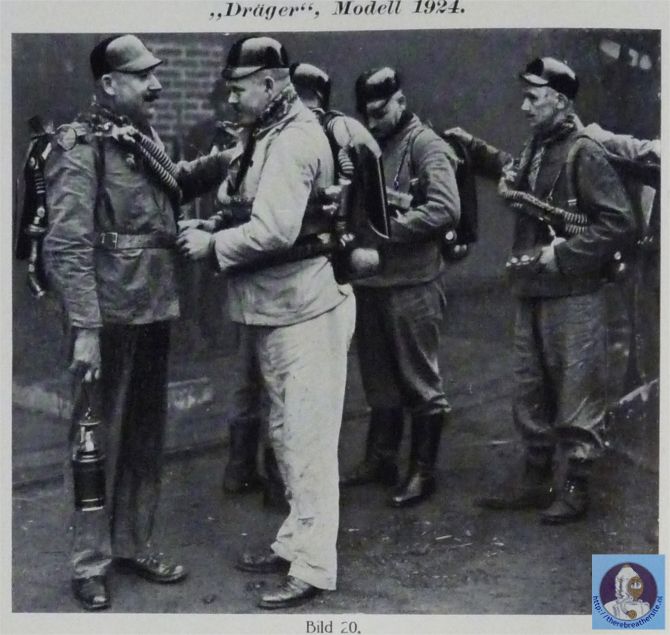
by Jan Willem Bech | Vademecum
Sidemounted hoses and sidemount rebreathers This post is about the routing of breathing hoses. This technique has also created a special rebreather for underwater use, which is specifically used for narrow passages underwater. These are found mainly in caves and...
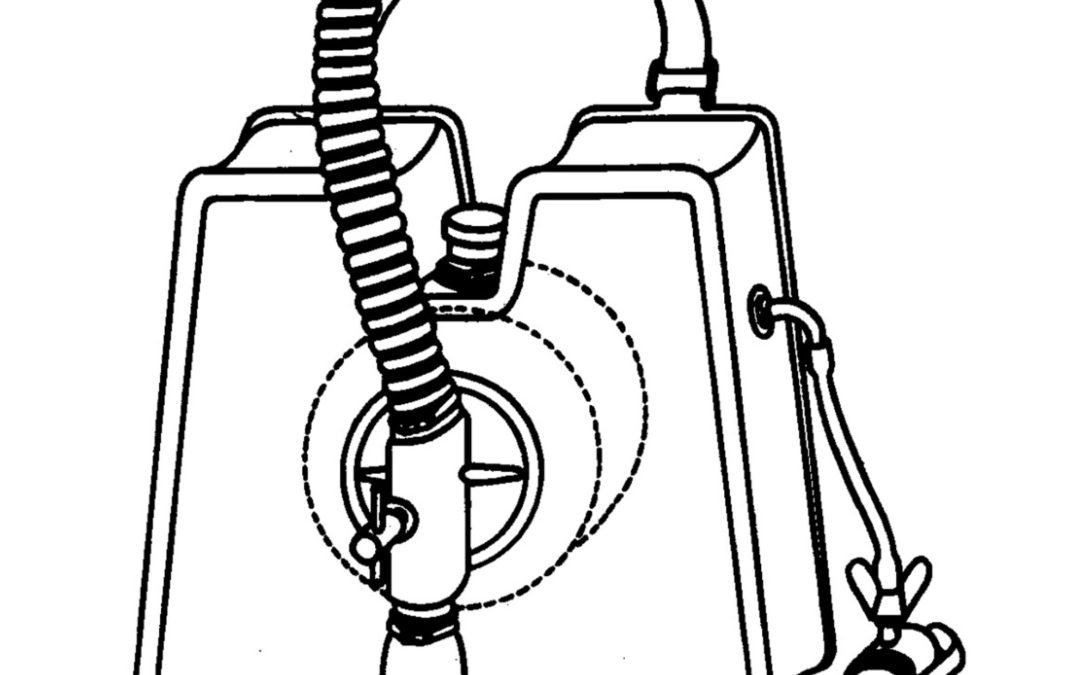
by Jan Willem Bech | Vademecum
Single hose or pendulum system Single hose systems are always pendulum systems. The original oxygen rebreather often had a single hose because this was constructively attractive. The disadvantage of this system is that the gas goes through the scrubber twice. This...
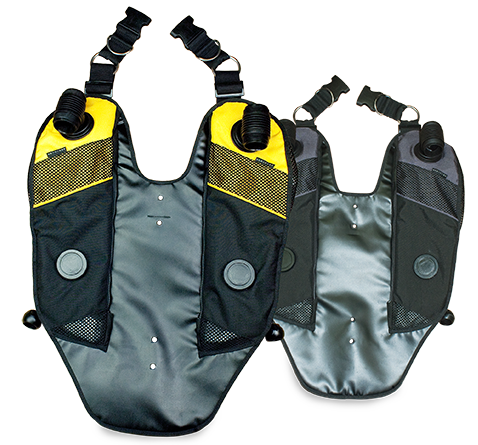
by Jan Willem Bech | Vademecum
Position of the counterlung; on the chest or on the back We distinguish different types of counterlungs used with rebreathers. On land, the choice of whether the counter-lung is worn on the chest or the back will make little difference to the breathing resistance....
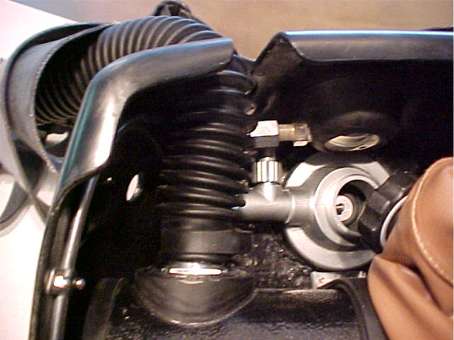
by Jan Willem Bech | Vademecum
Valves in oxygenrebreathers operated by a demand valve In addition to the principle of dosing gas by activating a valve with a lever, we also know the on-demand principle. On the counter-lung, an automatic device (second stage principle) is mounted whereby a membrane...
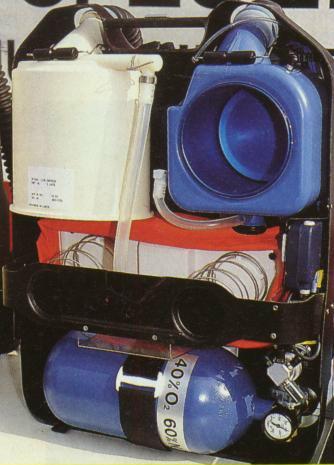
by Jan Willem Bech | Vademecum
Cooling systems in rebreathers Cooling breathing gas in the loop For applications requiring entering a room with high temperatures or breathing for long periods from a closed system, the temperature in the breathing circuit can become higher. For this reason, since...
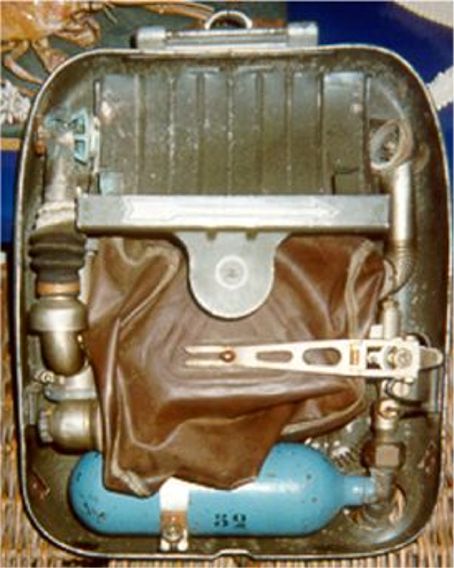
by Jan Willem Bech | Vademecum
Valves in oxygenrebreathers operated by the moving counterlung In 1920, the first rebreather was developed that operated with a then new mechanism. Until then, the supply of oxygen to the breathing circuit had been reserved for regulators that injected gas...
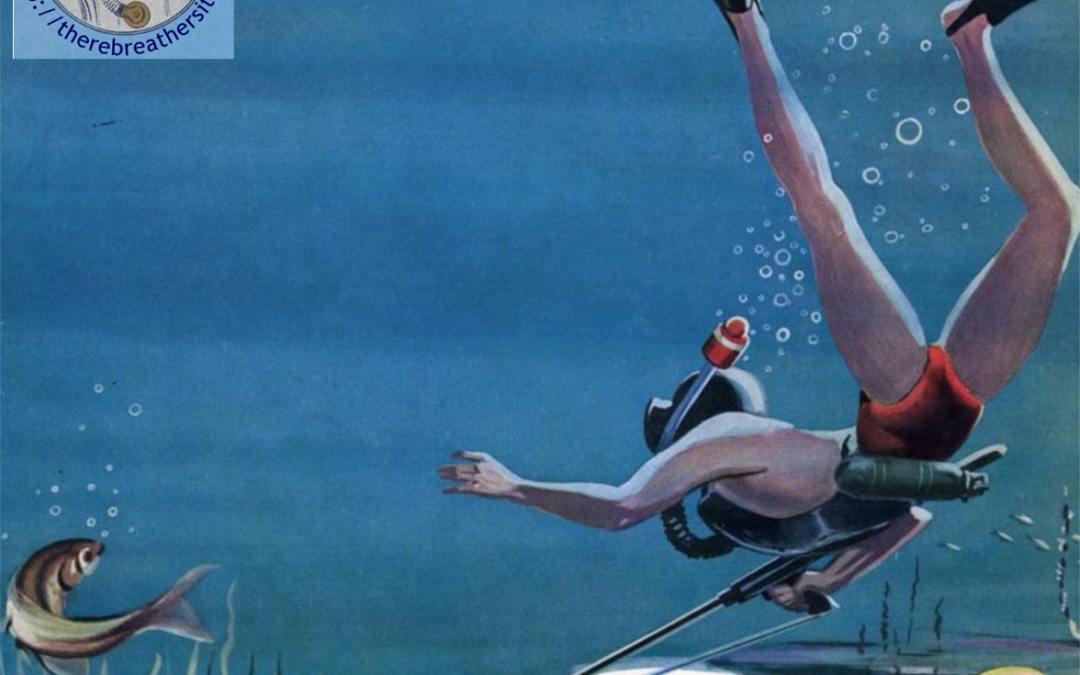
by Jan Willem Bech | Vademecum
Manual addition of oxygen in oxygen rebreathers The use of manual addition in oxygen rebreathers is the oldest form of adding oxygen to the loop. When the diver is breathing, the oxygen is metabolized and the counter lung volume will decrease. To keep the counter lung...

by Jan Willem Bech | Vademecum
Scrubber cartridge build in the counter lung Oxygen rebreathers are mainly used in the mining industry. Later, these systems were further developed for underwater use. The purpose of oxygen breathers for diving was primarily for military applications. The unique...
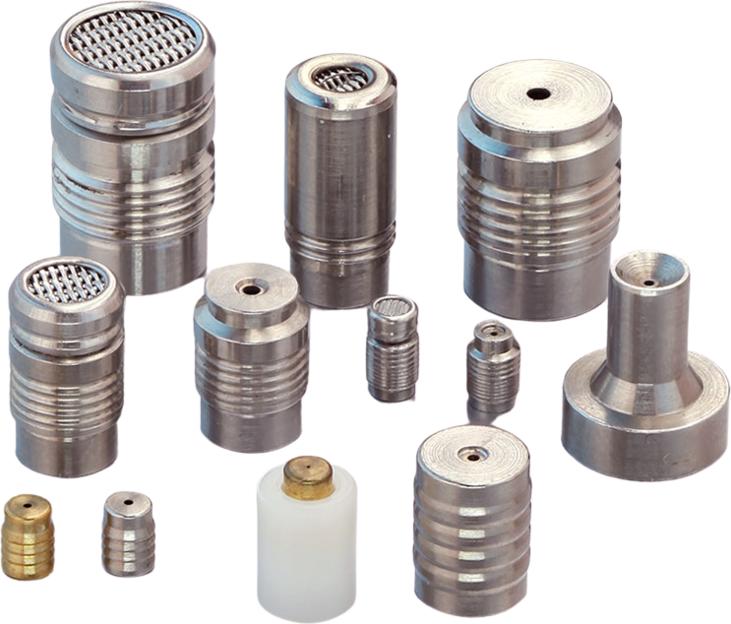
by Jan Willem Bech | Vademecum
Constant Mass Flow in Oxygen Rebreathers This part with the theory of oxygen rebreathers deals with the technical principle of a constant mass valve. This type of oxygen injection is widely used in breathing systems for oxygen, nitrox and trimix. Because this article...
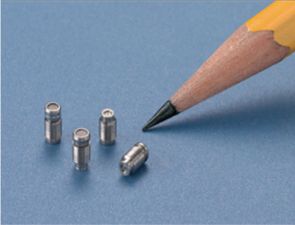
by Jan Willem Bech | Vademecum
Constant Mass Flow Valves and Orifices theory I made this page because there were many questions in newsgroups about gas flow through an orifice. Many people are now developing manually operated constant-dosis rebreathers. Jan Jahns has written the article below. For...

by Jan Willem Bech | Vademecum
Both the fish and diver have a leaking loop…. This page deals with the various design aspects of rebreathers in general. The page is a living page and can be completed with knowledge of the readers. Your contribution is therefore highly appreciated and can be...
by Jan Willem Bech | Vademecum
Jan Willem during a descent with Inspiration rebreather Rebreather types explained To explain all types of rebreathers in one page is an almost impossible task. Many systems are technically different and have their own specific characteristics. A rebreather is a...
























